Big, Beautiful, Remote
Alaska is a magical place. Beautiful, big and remote. Especially Taan, Sea Lion (Prince of Wales Island).
In June 2021, I was lucky enough to tour this sprawling island as a part of REAP’s project with the Sustainable Southeast Partnership. And to see first-hand the big strides the region is making towards a more resilient, energy independent future.
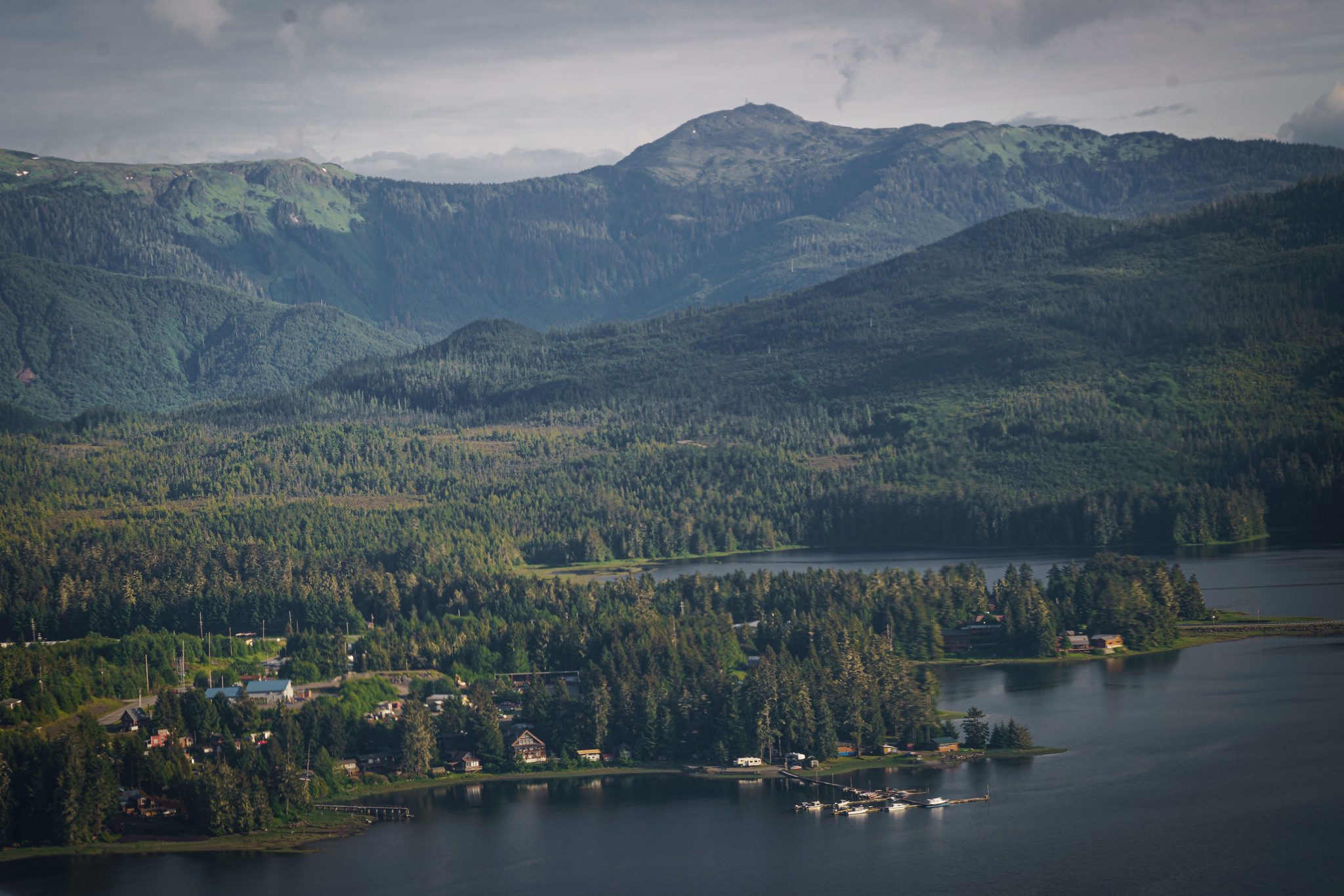
In the heart of Southeast Alaska’s maze of 10,000 islands, Taan is America’s fourth largest island, after Hawaii, Kodiak and Puerto Rico. And like its larger sister islands, living on POW presents considerable challenges for its mostly indigenous Tlingit and Haida communities – some of which have existed for countless generations. Though these communities are geographically isolated, they are intimately connected culturally and economically.

Big Challenges
Greater energy independence and access to more affordable renewable energy resources are among the most critical challenges facing Southeast Alaska’s isolated island communities.
Whether it’s fuels for boats, trucks and generators; heating oil for homes and public buildings; or the electricity used for everything else, remote communities in Southeast Alaska pay a painfully higher price for all their energy than do their urban counterparts. Electricity rates that exceed $.60 kwh and fuel for heating and transportation that approach $5.00 a gallon are common.
Besides the energy required for personal uses, energy is also the engine of every community’s economy. Fish processing, lumber mills, mines, all use a lot of energy. Providing adequate, accessible and affordable energy in remote communities is especially challenging when the majority comes from expensive imported fossil fuels.
Big Opportunities
The wealth of natural resources welcomed the ancestors of the region’s Tlingit and Haida people. The allure of Southeast’s natural abundance remains as compelling today as ever.
Big mountains, big trees and rain (measured in feet) provide some of the region’s biggest renewable energy opportunities. And biggest opportunities for greater energy independence.
Abundant local renewable hydro and biomass resources are merging with recent advances in heating and transportation technologies, creating timely opportunities for the region to establish greater energy independence using local renewable energy resources. All while strengthening local economies by creating local jobs and displacing imported non-renewable energy sources.
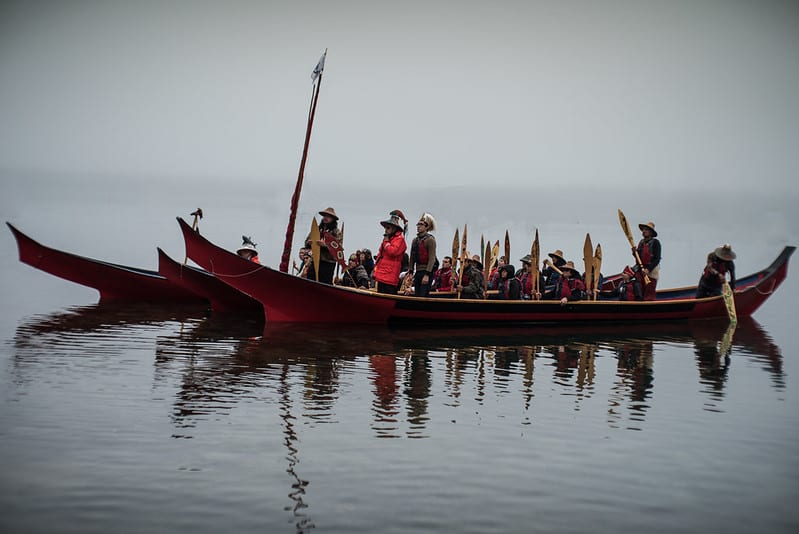

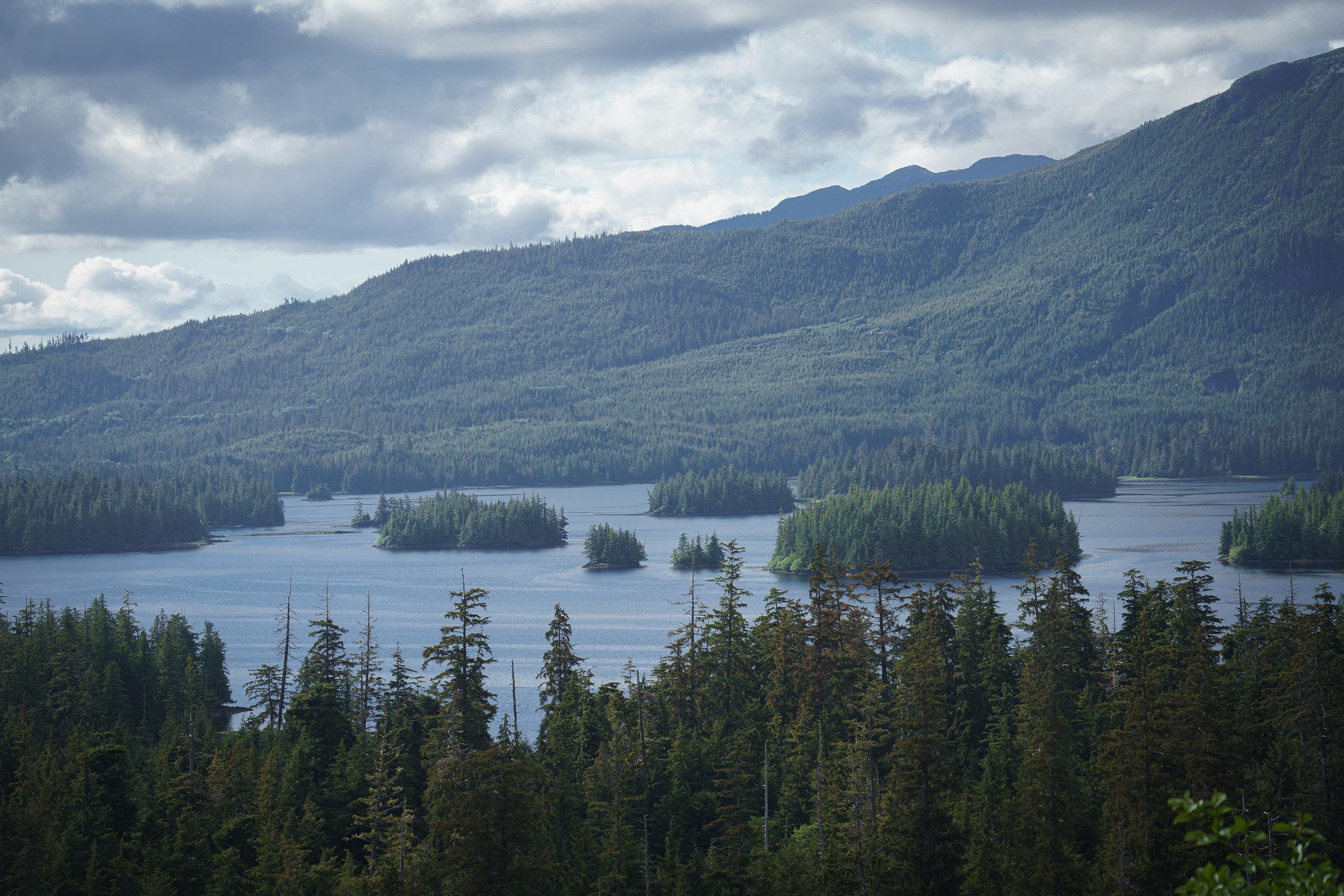

Big Changes
Once the center of Southeast’s now moribund logging industry, Taan is still webbed with hundreds of miles of logging roads meandering between thousands of acres of decades-old clear-cuts in various stages of regrowth.
Fortunately, trees grow back very quickly in Southeast’s generous rain. Unfortunately, regrowth is also very dense, making an unmanaged second-growth stand of trees useless as a forest or for lumber – a wall of wood
For a forest to grow back healthy, responsible forest management includes thinning – which in turn creates enormous slash piles, most often burned in place releasing the stored energy and associated gases to the sky.

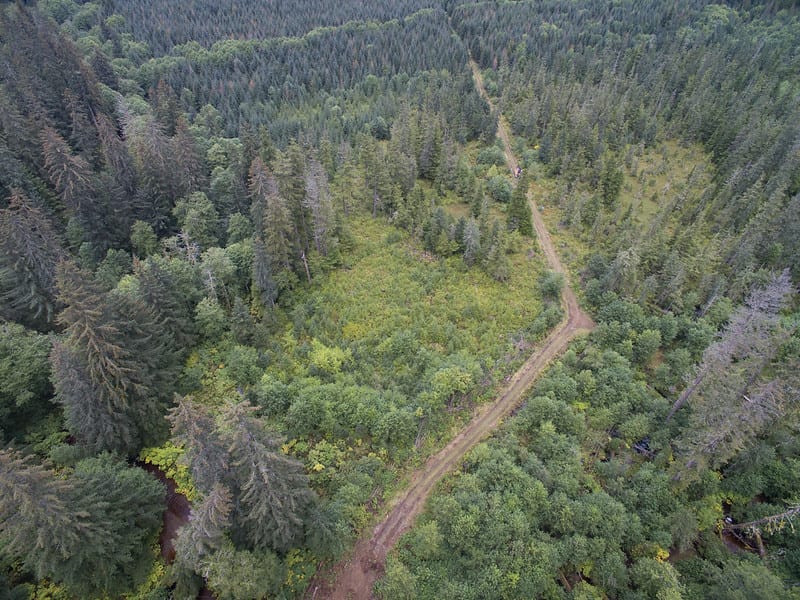
Touring Taan in the Time of Covid
In the land of abundant waste wood, why burn expensive imported oil to heat public libraries, schools and swimming pools? On Taan, many don’t.
In June 2021, a freshly vaccinated team of the Alaska Wood Energy Development Task Group received permission from each community and our respective agencies to visit the communities on Taan.

It was early summer, and all were grateful to meet in person and visit communities that were just emerging from their geographical and pandemic compounded isolations.
Traveling together as a pod, we set out across former logging roads, now smooth highways to learn more about the operational status of numerous biomass boiler systems heating public facilities on the island with locally sourced, renewable wood.
The intrepid entourage representing Southeast Conference, USFS, Alaska Energy Authority, Denali Commission and the Sustainable Southeast Partnership met with sawmill operators, wood suppliers and community and school leaders of Klawock, Craig, Hydaburg, Hollis, Thorne Bay, Kasaan, Coffman Cove, and Whale Pass.
Our three days traversing the island helped us develop a better, more complete understanding of the benefits and challenges facing the adoption of biomass heat systems in Southeast Alaska.
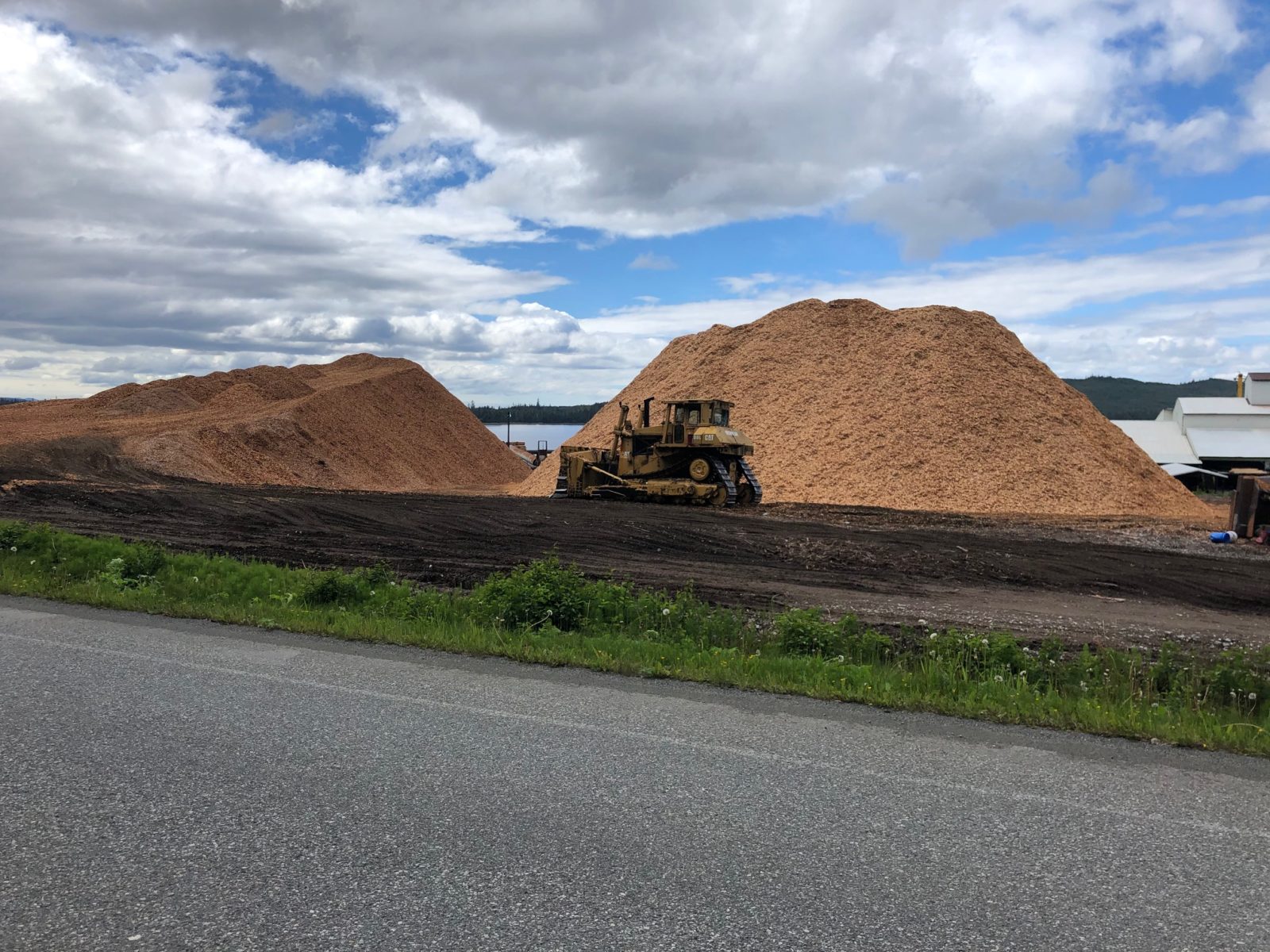

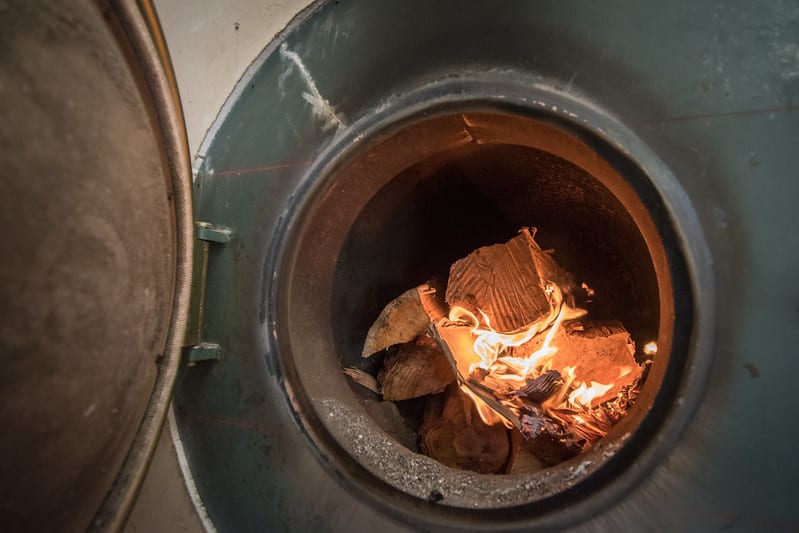
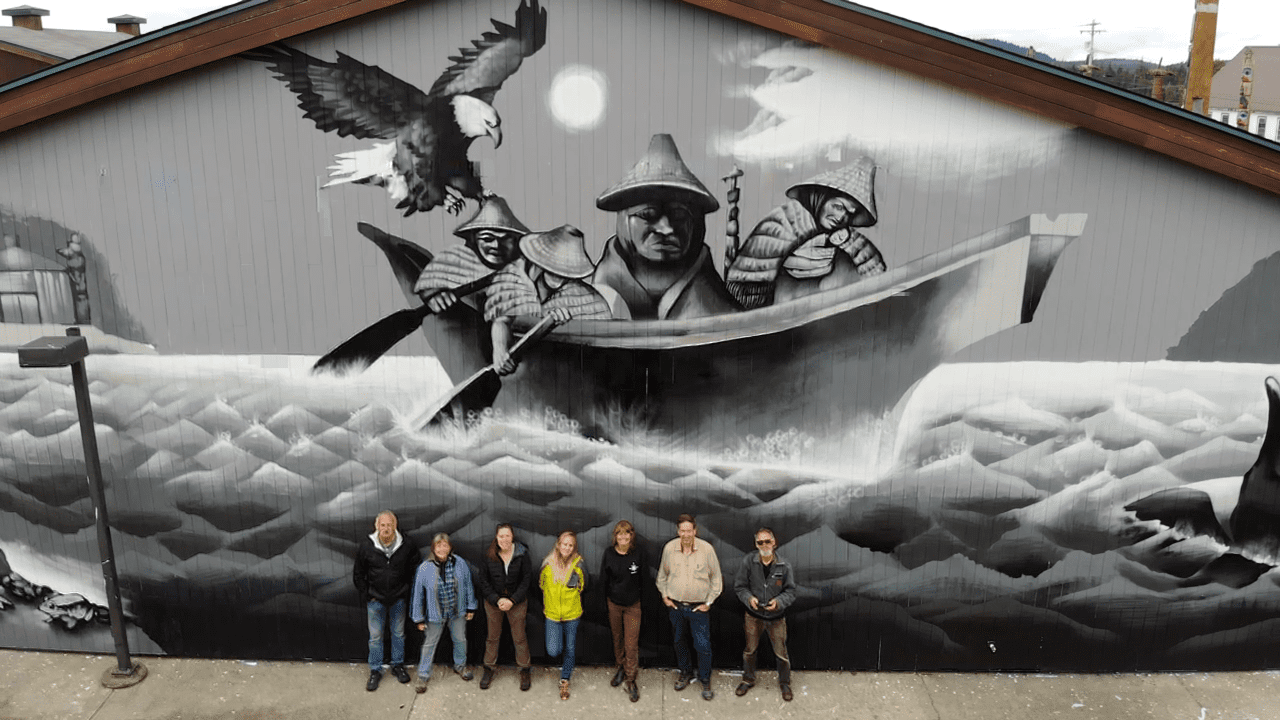
Feeding Fires, Fish and Community
Biomass heated greenhouses on Taan create a food and energy nexus.
Like imported fuels, imported fresh produce in Southeast is very expensive, energy-intensive and vulnerable to supply disruptions – as recent pandemic supply disruptions and Alaska Marine Highway System’s failure starkly demonstrate.
Because biomass heating systems produce a lot of cheap, renewable thermal energy, excess heat from the boilers is directed to the greenhouses that accompany most of these systems. This extra heat allows local growers to extend their seasons to produce more, improving their community’s food security and economy.



Hydro is the Clean Energy King
In the land of abundant rain and steep terrane, hydro is the clean energy king.
Southeast Alaska 2025 Economic Plan places abundant hydro as the region’s energy Top Strength and new hydro development as its Top Opportunity.
With the January 2021 commissioning of the 5 Megawatt Hiilangaay Hydroelectric Project, all the road-connected communities on the island now enjoy 100% clean hydroelectricity – with capacity to spare.
Though hydro energy is abundant, electricity rates remain comparatively high due to development costs to deliver new hydro resources in remote communities with small populations. Unfortunately, high development costs are also the energy sector’s Top Weakness and the principle reason why energy remains expensive and elusive in a region of extraordinary renewable energy resources.

Beneficial Electrification
Switching from fossil fuels to electricity for heat and transportation in the Land of Long Rains and Short Roads.
While electricity may be expensive in much of Southeast, so is gas and diesel – making the cost of operating an electric vehicle (EV) quite attractive in many Southeast communities.
In addition, Southeast roads are short – relieving range concerns for most daily drivers. It’s little wonder that hundreds of EV’s have replaced fleets of suburban Subaru’s on Juneau’s roads. For most Southeast communities, EV’s make a lot of sense…and cents.


The same maritime climate that creates the vast hydro-electric resources of the region also moderates the temperature, creating the ideal climate for heating homes with air source heat pumps (ASHP’s). This highly efficient technology extracts and concentrates heat from the air outside a home for use inside – like a refrigerator in reverse.
Replacing imported fuels for heat and transportation with clean, local renewable electricity moves the needle toward greater energy independence for the region, strengthens the local economy and reduces carbon footprints – while creating greater regional resilience. That’s beneficial electrification that makes sense for a more sustainable Southeast.
Sustainable Southeast Partnership – Wooch. Een
Working Together
Supporting Southeast communities in meeting their energy needs and establishing greater energy independence is a vital part of the work of the Sustainable Southeast Partnership.
Wooch.een, we are working together to help Southeast communities find solutions to their energy challenges, while creating more vibrant and resilient economy, ecology and culture for the region.
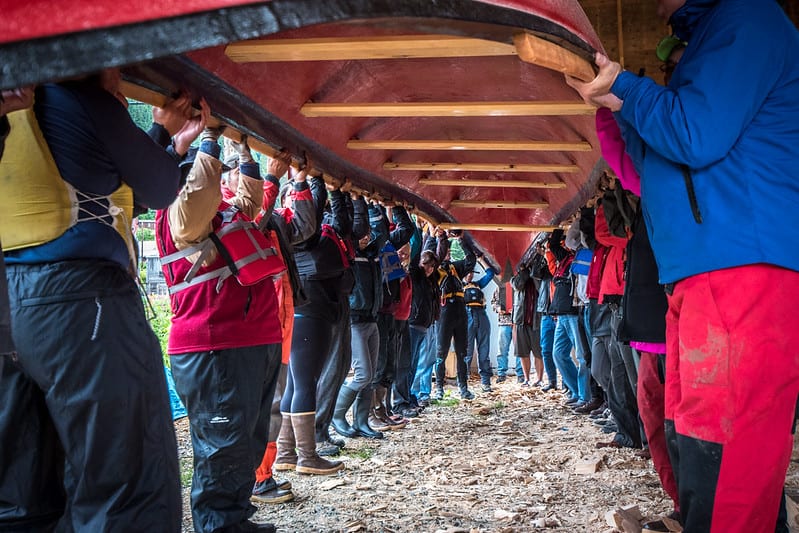
Our network includes Tribal governments, community-minded organizations, local businesses, native corporations and entities, culture bearers, educators, state and federal agencies, storytellers and more.
